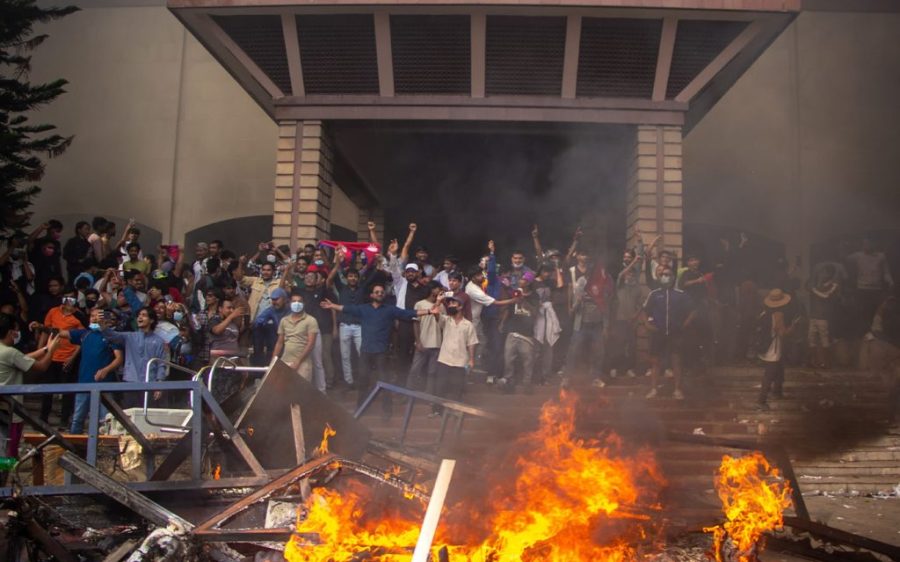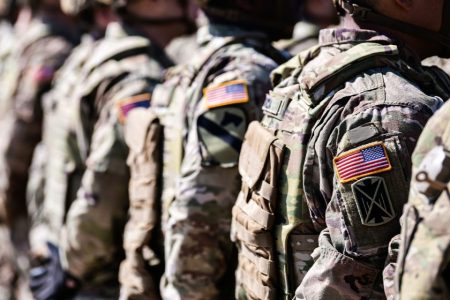Nepal’s capital Kathmandu remains under military control as the country reels from unprecedented youth-led protests that toppled Prime Minister KP Sharma Oli’s government on Tuesday, according to multiple media outlets. The search for an interim leader continues.
Tens of thousands of demonstrators stormed government buildings, set fires at the parliament, Supreme Court, and key ministries, and attacked the homes of political leaders in a wave of anger over corruption, nepotism and a sweeping ban on social media.
The unrest, which erupted Monday and intensified Tuesday, has left at least 30 dead and over 1,000 injured, according to the Ministry of Health and local hospitals. Tribhuvan International Airport was briefly closed, while police stations, some politicians’ homes and media outlets were set ablaze. Inmates escaped from Dilli Bazaar and other jails, prompting the army to intervene to restore order.
Armed soldiers now patrol the streets of Kathmandu, enforcing a nationwide curfew while easing restrictions for essential services. Checkpoints have been established, and residents are allowed limited movement to purchase necessities or attend prayers.
What’s been dubbed the ‘Gen Z uprising’ is the result of growing frustration among Nepal’s youth. Nearly 40 percent of the country’s 30 million citizens belong to this generation, many of whom face unemployment exceeding 20 percent and feel excluded from the country’s entrenched political elite. More than a third of Nepal’s gross domestic product comes from remittances.
Online outrage over the so-called “nepo kids” – children of politicians flaunting lavish lifestyles – fuelled the demonstrations. The initial trigger was the government’s ban on social media platforms, which was lifted on 8 September. The momentum of the protests continued unabated, however.
[See more: Hamstrung by a lack of jobs at home, Nepalese turn to Macao]
With Oli’s resignation and subsequent disappearance, the question of leadership remains unresolved. The country’s ceremonial president, Ram Chandra Poudel, has called for dialogue, coordinating with the army and representatives of the protesters to identify a candidate for an interim government.
Former Chief Justice Sushila Karki, the first woman in Nepal to hold the judicial post, has emerged as a frontrunner, praised by demonstrators for her integrity and independence. However, divisions remain among protest groups, and a unanimous decision has yet to be reached. Kathmandu Mayor Balen Shah, an independent politician and former rapper popular among the youth, has voiced support for Karki.
Experts note that while the army’s role is officially limited to security, in practice it is temporarily overseeing national order amid the political vacuum. “Even if there is a ceremonial president above the army, he is not accepted by the Gen-Z so he has to rely on coordination with the army,” one said. “Functionally, the army is in charge, [though] constitutionally the president is still in charge of the country.”
The crisis has drawn international attention. UN Secretary-General António Guterres called for restraint, dialogue, and respect for human rights, while analysts highlight parallels with youth-driven movements across Asia, including in Bangladesh, Sri Lanka, and Indonesia.
Discussions on the interim government include proposals for fresh elections, dissolution of parliament, term limits for prime ministers, and reform of key institutions. Protest leaders are engaged in online consultations to determine representation in negotiations, with more than 3,200 participants debating priorities and potential candidates.






